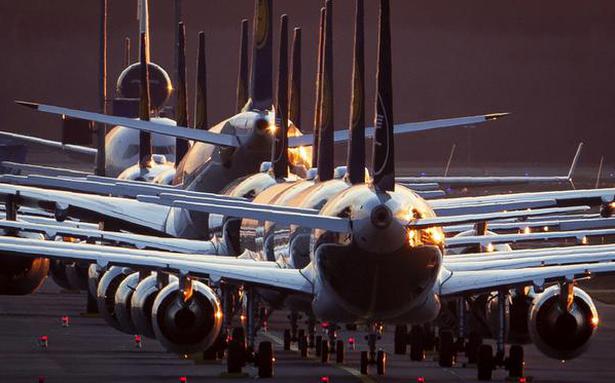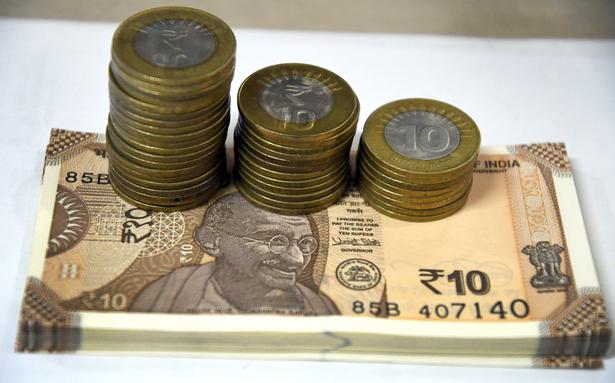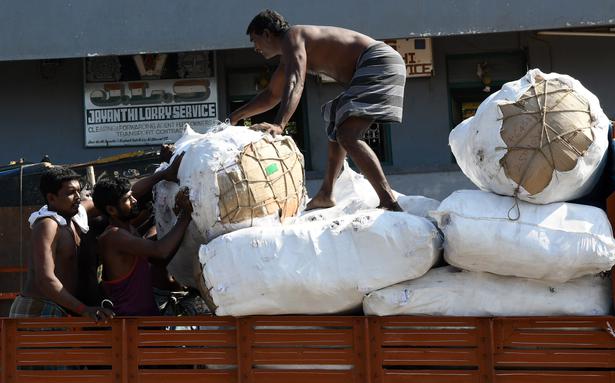An EU regulation from 1993 obliges European airlines to maintain empty or nearly empty flights
An EU regulation from 1993 obliges European airlines to maintain empty or nearly empty flights
With business or leisure flights falling due to the ongoing pandemic, airlines trying to retain market share are complaining about the “ghost flights” they’re being forced to fly.
A 1993 EU regulation obliges European airlines to maintain empty or nearly empty flights just to maintain their take-off and landing times. This is to avoid giving up the slots to other airlines that could be competitors or new entrants. Typically, these airlines have to use up to 80 percent of their slots to secure them. Due to the pandemic, that threshold has been temporarily lowered to 50 percent of booked flights, but is expected to rise again to 64 percent once this winter ends in March 2022. Essentially, airlines must demonstrate that they have sufficient market demand to justify their holdings. According to the European Commission’s website, this “use it or lose it” scheme will be used “to ensure airlines have access to the busiest EU airports based on the principles of neutrality, transparency and non-discrimination”.
Greenpeace, a global network of independent campaign organizations promoting solutions to global environmental problems, analyzed that there are over 100,000 senseless “ghost flights” in Europe causing climate damage equivalent to the emissions of 1.4 million cars.
It is a known fact that the aviation sector is responsible for a significant amount of CO2 emissions worldwide. An analysis shows that a long-haul flight generates more CO2 emissions than the average person produces in a whole year in dozens of countries. According to Greenpeace’s analysis, “this number of flights causes 2.1 million tons of climate damage of CO2” and other greenhouse gases. This damage is equivalent to the emissions from 1.4 million average petrol or diesel cars in one year.
Apart from the Lufthansa Group, no other airline has reported the number of ghost flights. The group estimates that, depending on market share, it will carry out around 18,000 empty legs in Europe alone. Using the same logic, the total number of ghost flights in Europe could be over 100,000.
Greenpeace has called on the European Commission and national governments to end regulations requiring ghost flights to be maintained and to ban short-haul flights where there is an alternative train route within six hours.




